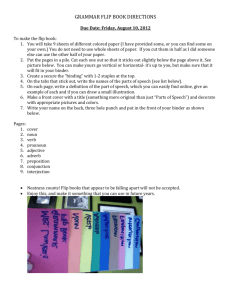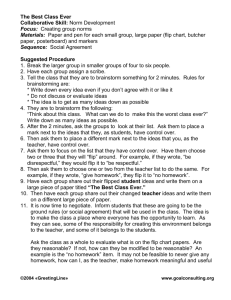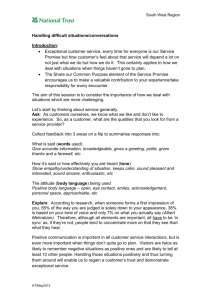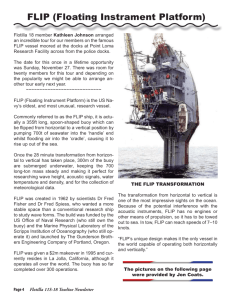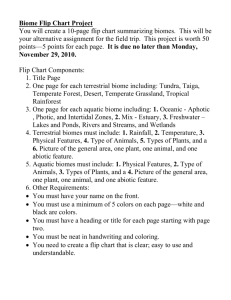The World's Strangest Research Lab
advertisement
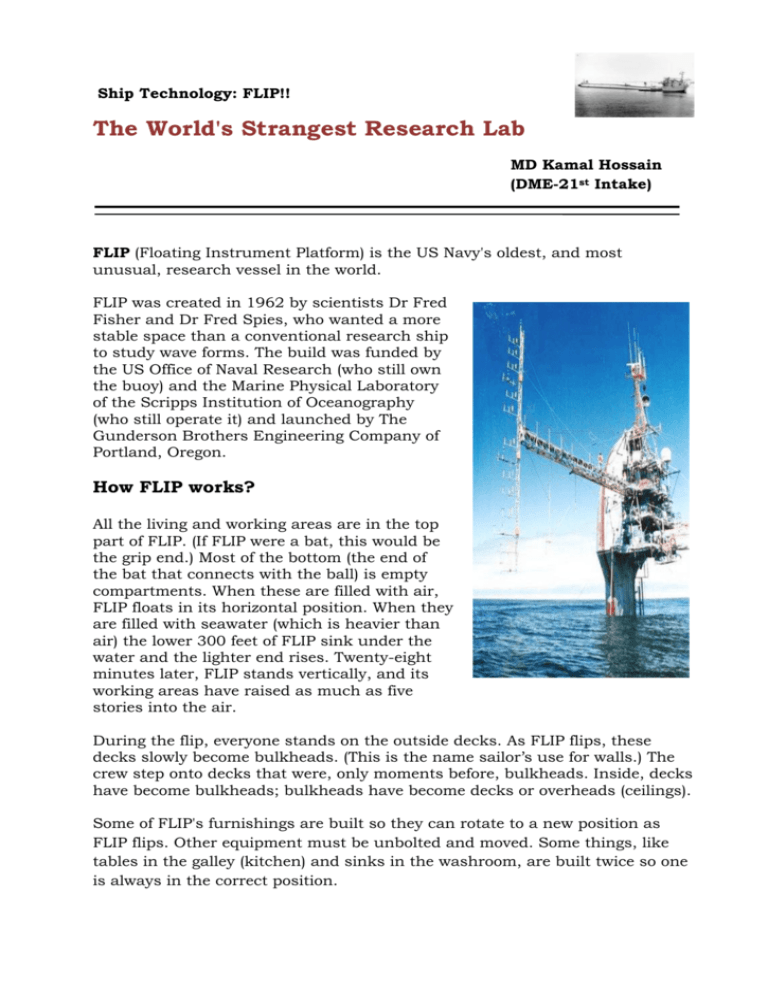
Ship Technology: FLIP!! The World's Strangest Research Lab MD Kamal Hossain (DME-21st Intake) FLIP (Floating Instrument Platform) is the US Navy's oldest, and most unusual, research vessel in the world. FLIP was created in 1962 by scientists Dr Fred Fisher and Dr Fred Spies, who wanted a more stable space than a conventional research ship to study wave forms. The build was funded by the US Office of Naval Research (who still own the buoy) and the Marine Physical Laboratory of the Scripps Institution of Oceanography (who still operate it) and launched by The Gunderson Brothers Engineering Company of Portland, Oregon. How FLIP works? All the living and working areas are in the top part of FLIP. (If FLIP were a bat, this would be the grip end.) Most of the bottom (the end of the bat that connects with the ball) is empty compartments. When these are filled with air, FLIP floats in its horizontal position. When they are filled with seawater (which is heavier than air) the lower 300 feet of FLIP sink under the water and the lighter end rises. Twenty-eight minutes later, FLIP stands vertically, and its working areas have raised as much as five stories into the air. During the flip, everyone stands on the outside decks. As FLIP flips, these decks slowly become bulkheads. (This is the name sailor’s use for walls.) The crew step onto decks that were, only moments before, bulkheads. Inside, decks have become bulkheads; bulkheads have become decks or overheads (ceilings). Some of FLIP's furnishings are built so they can rotate to a new position as FLIP flips. Other equipment must be unbolted and moved. Some things, like tables in the galley (kitchen) and sinks in the washroom, are built twice so one is always in the correct position. FLIP Ship Design FLIP's unique design makes it the only vessel in the world capable of operating both horizontally and vertically. Scientific instruments are built sideways into the wall so that as the buoy flips, the instruments flip into a usable position as well. Most rooms on FLIP have two doors; one to use when horizontal, the other when FLIP is vertical. Bunk beds, toilets and stoves are built on swivels and gimbals, so they will turn along with the buoy, but things that would not rotate so well, like sinks, are built both horizontally and vertically in each room. The main power source comes from two 150kW generators with one 40kW generator for backup. Navigation equipment includes a gyro, GPS and RADAR. Communication equipment includes HF, VHF, INMARSAT and cellular. THE FLIP TRANSFORMATION The transformation from horizontal to vertical is one of the most impressive sights on the ocean. Because of the potential interference with the acoustic instruments, FLIP has no engines or other means of propulsion, so it has to be towed out to sea. In tow, FLIP can reach speeds of 7–10 knots. "FLIP's unique design makes it the only vessel in the world capable of operating both horizontally and vertically." When it has reached its desired location, it either drifts freely or is held in place using one or all of its three anchors. The long, thin end of the buoy has special ballast tanks, which are then flooded with seawater, causing it to sink, whilst air tanks cause the other end of the buoy to rise. The protruding end is equivalent in height to a five-storey building. FLIP can operate equally well in shallow water or depths of over 2,000 fathoms. Once the 300ft of buoy is submerged the vessel is so stable it is almost unaffected by vertical wave motion. A 30ft wave only causes FLIP to move three feet vertically in the water column. Although this is the size of wave the buoy was built to withstand, FLIP can cope swells of up to 80ft. For FLIP to flip back to a horizontal position, air compressed into eight tanks is used to push the seawater out of the ballast tanks. The submerged end of FLIP rises until the buoy is once again level with the water. Life & Work on FLIP Life for the five crew members and 11 researchers who can live on-board FLIP at any one time is not for the faint-hearted. Stays in the cramped conditions last for 30–45 days and, during the flip, everyone has to stand on deck whilst the deck below them gradually becomes a bulkhead, before stepping onto a deck that was a bulkhead just minutes before. "The last 15° of movement prior to arriving in the vertical happens quickly and is reasonably exciting as the exterior decks where everyone is positioned appear to be heading into the sea," says Captain William A Gaines, assistant director of Marine Physical Laboratory at Scripps Institution of Oceanography. [FLIP inventors in ship] "The crew and riders remain on the external decks during the flipping evolution. The lowest exterior is about 15ft above the waterline when FLIP is in the vertical. There is lots of noise as the remaining air from the ballast tanks escapes from the vent lines located on the lowest external deck." Once the transformation has occurred, staff have to cope with working five storeys above the ocean; contending with steep stairs, narrow booms and the confined spaces necessary to make FLIP operational. The FLIP research vessel (Floating Instrument Platform) is the only ship in the world having the ability to flip from a horizontal position to a vertical position while at sea. Science on FLIP FLIP was created more than 40 years ago by two Scripps scientists, Drs. Fred Fisher and Fred Spies. They needed a quieter, stable place than a research ship to study how sound waves behave under water. Ships bob up and down and roll side to side. Even when their engines are turned off, a ship's experimental equipment makes noise as it is heaved up and down in the water. When FLIP is in its vertical position it is both extremely stable and quiet. Since Drs. Fisher and Spies completed their first tests, many other important data have been gathered using FLIP. The way water circulates, how storm waves are formed, how seismic waves move, how heat is exchanged between the ocean and the atmosphere, and the sound made underwater by marine animals are just a few of the subjects studied using the amazing FLIP. Advantages: Scientists doing sound-in-the-sea experiments like using FLIP; it is a lot quieter than other boats because it doesn't move so much. Scientists who study surface waves prefer FLIP because it gives them an experimental platform that is not affected by what they are trying to measure. The FLIP ship is designed to study wave height, acoustic signals, water temperature and density, and for the collection of meteorological data. Data Source: Internet & Technical Publications. ©MD Kamal Hossain Dept. of Naval Architecture & Marine Engineering University of Glasgow & Strathclyde, United Kingdom Contact: hm.kamal@yahoo.com

